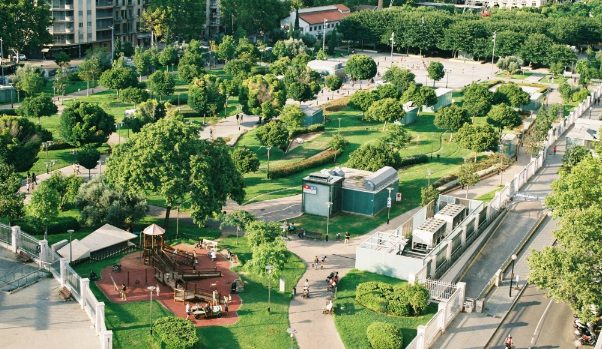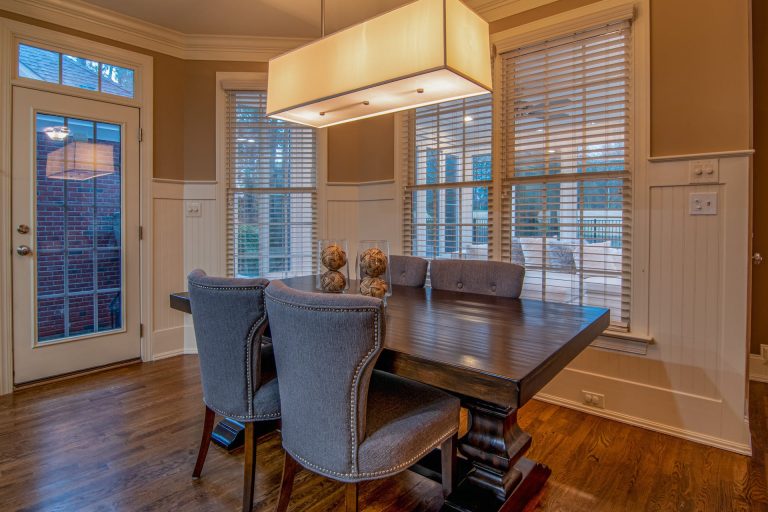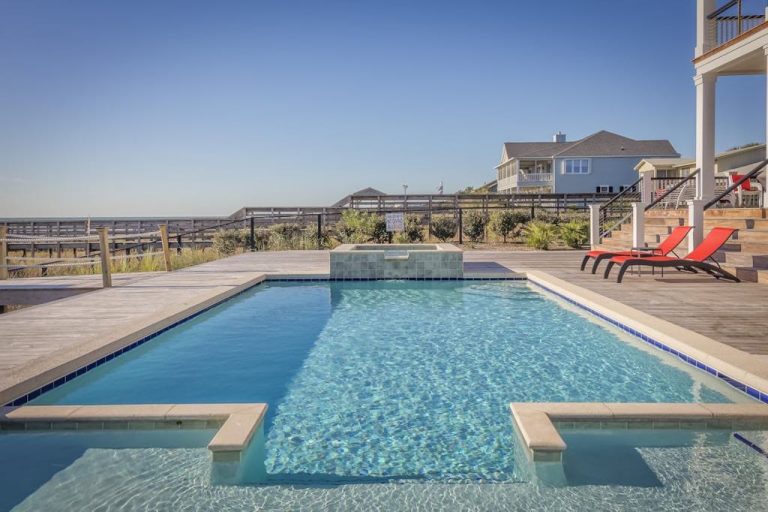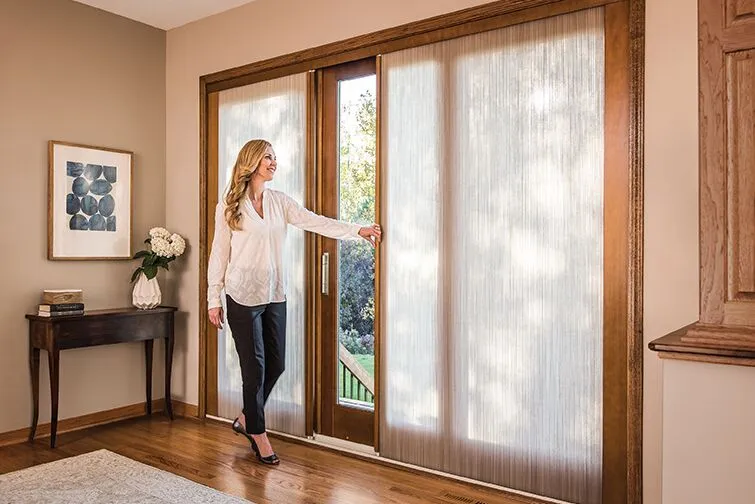The Transformative Effects of Green Spaces in Modern Suburban Developments
Understanding the Value of Green Spaces
Urban green areas have progressed from a simple city planning component to a valuable, multifaceted asset in the community. Green spaces serve as a quiet sanctuary amidst concrete and steel, connecting urban infrastructure to the natural environment. Green parks, blooming gardens, and tree-lined walks are intentional urban planning components reflecting people’s complex relationship with nature.
Companies like New Home Star, which play a role in the real estate industry, recognize the profound impact of green spaces on the overall quality of modern living. These elements significantly enhance aesthetic appeal, bolster community well-being, and promote environmental sustainability. The deliberations surrounding this topic are relevant and vital for those seeking to craft residential areas that resonate with contemporary living standards while paving the way for a healthier, more cohesive community fabric.
Green Spaces as Social Catalysts
Parks and recreational areas provide a venue for events, sports, and leisure activities that are fundamental to fostering community bonds. They are commonly recognized as the stage for local events, from farmers’ markets to concert series, bringing together diverse groups to celebrate and socialize. This aspect of green spaces as catalysts for social interaction also extends to the everyday informal gatherings that occur naturally, such as neighborhood picnics or children’s playdates.
Environmental Impacts of Urban Green Spaces
The environmental benefits of green spaces in urban and suburban settings are multifaceted. Grounded in ecology, the contribution of urban greenery includes enhancing local biodiversity by providing habitats for various flora and fauna. These spaces serve as important rest stops and breeding grounds for urban wildlife, contributing to the richness of the local ecosystem. Moreover, they function as natural cooling systems, mitigating the heat island effect that plagues many cities. Lawns and trees act as carbon sinks, locking away carbon dioxide and other greenhouse gases, thus playing a part in combating climate change and contributing to improved urban air quality.
Health Benefits Associated with Green Living
A wealth of research attests to the association between green spaces and favorable health metrics. Such areas within a community can reduce non-communicable diseases, such as cardiovascular illnesses and diabetes, by promoting an active lifestyle conducive to routine exercise and outdoor play. The psychological uplift that individuals experience when immersed in nature also extends to improved concentration, heightened creativity, and enhanced cognitive functioning, contributing positively to both professional and personal life. In urban settings, where air quality can be a significant concern, the foliage of trees and plants plays a crucial role in purifying the air, leading to an appreciable decrease in pollution-related health issues.
Elaborating on these perspectives, the Landscape and Urban Planning Journal emphasizes the deep-seated connections between urban green spaces and public health parameters, offering empirical insights into the transformative impacts on community health paradigms.
Designing for the Future: Green Spaces and Urban Planning
The challenge of designing green spaces in growing urban environments demands a forward-thinking approach. Innovative planning strategies must reconcile the limited availability of land with the necessity for natural settings. Such strategies include rooftop gardens, vertical greenery, and transforming unused urban spaces like old railway lines into green corridors. Policymaking is pivotal in integrating sustainability into the heart of urban development. Communities can flourish in cities planned with a vision that pairs progressive growth with environmental stewardship, enabling urban residents to enjoy the tranquility and benefits of nature without forsaking the conveniences of city life.







